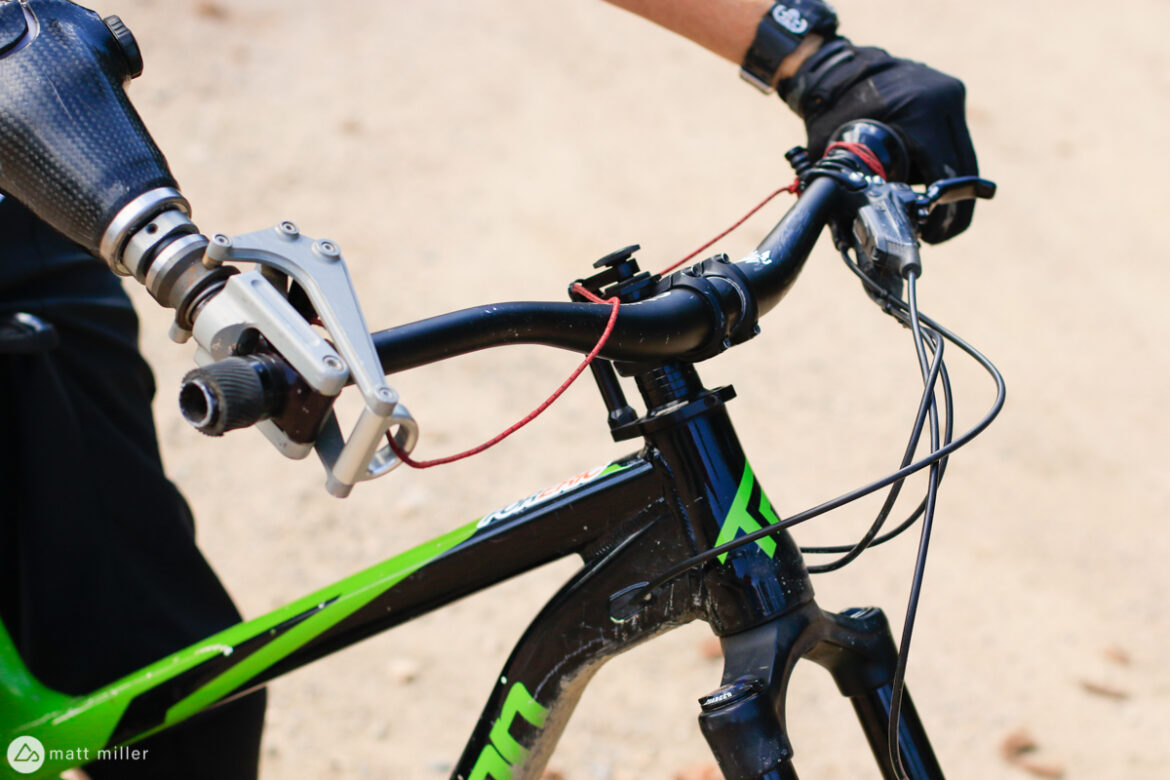
Movement makes us happy. Whether it’s the release of serotonin after a ride or the feeling of accomplishing a new record on a trail, or a bigger ride than ever, there are countless studies on the relation between mood and exercise.
Exercise isn’t created equal for everyone though, especially when it comes to mountain biking where proper handling of the bike down a rocky and dusty trail requires control at several different contact points – and not just the saddle, pedals, and handlebars we typically think about. Proper foot placement on the pedals requires control of your feet and the ability to flex at the ankle. Braking normally requires a finger on the front and rear levers. Shifters and dropper posts dictate two different thumbs, and handlebars need two different hands to counterbalance and steer against each other.
For Matthew Beall, a Colorado mountain biker and congenital amputee — someone who was born without a limb — he’s used to living life with an extra set of tasks that most of us would consider challenges, like mountain biking with one leg.
“I didn’t live through that pain and loss that most amputees go through,” he says. While he doesn’t cope with the trauma of an unexpected event and loss of a limb, instead he has had several revisionary surgeries on his leg, suffers from chronic pain, back surgeries, and other operations directly related to his leg.

Beall remembers riding bikes as a kid, but it wasn’t until 2008 that he started to ride again after a long break. He had gained weight and needed another way to try and shed pounds, so he went to Wal-Mart and picked up a bike.
“It was 55 pounds of steel and uselessness, but it got me moving again,” he says. Beall lived in Oregon at the time and started mountain biking more regularly. A friend gave him a Schwinn hardtail to ride, and eventually he picked up a Specialized full-suspension bike in 2013. As a kid, Beall admits that he had a chip on his shoulder, but he felt different on bike rides.
“It didn’t matter that I was overweight and missing a leg. Once we got on the trails, we’re all buddies.” Over the years, Beall has realized how significant that feeling is and that he should share it with others.
He started talking to friends, mountain bikers, and other amputees and realized that he could fill a much needed space. Beall says that amputees often isolate themselves and are hesitant to go out in public, because of stigma, or go through depression and other mental health issues. If mountain biking helped him, maybe it could help others, he thought.
In January of this year, he founded Ampt Biking, an organization that wants to help others who may be missing a limb or are paralyzed, discover the joy of riding a bike again or ride with mountain bikers who can relate.

“I wanted to create a relaxed atmosphere where people could be comfortable and have that camaraderie. That’s where Ampt is. It’s really a way of pulling people in who need to go out and get physical again, because they feel like they can’t, they feel isolated. Then they can talk and understand that they’re not alone. Even with that limitation, they can get out and be active. It’s not going to be the same. It’s going to be difficult. But this allows them to be free again and to live again.”
For now, Ampt is registered as an LLC and a for-profit organization. Beall needs a way to bring some cash into Ampt for events. Located in Estes Park, Colorado, Beall sees shuttling mountain bikers in the area to rides as a way to make that happen. With time and growth, eventually he wants to expand Ampt to other locations so he can operate all year long.

Over the past year, he reached out to prosthetic businesses and utilized social media as a way to get the Ampt message out and in August, the group had its very first event with numerous amputees and adaptive riders and handfuls of volunteers. With coronavirus hanging its head over the event for most of the summer, Beall’s planning didn’t go smoothly. Bikes that he had planned to have became unavailable and he pushed the date back two months, from June to August.
The night before the first event when I spoke with Beall, he didn’t know exactly how many people would show up, but that he’d be grateful for four or five attendees. The next morning, he had at least a dozen adaptive riders he needed to get out on the trails, and about a dozen volunteers that wanted to help. The first-ever attendees for Pedals and Prosthetics gathered around a building on the YMCA campus in Estes Park.
Beall had his own shuttle ready for riders who wanted a lift to the top of a road where some of the trails start to descend. Others could ride at their own pace or in a group, or start on a mellow, green-rated trail. Some of the attendees were experienced mountain bikers and some were trying it for the first time. A few of them were nervous, but they all seemed to be comfortable around each other and were cracking jokes.
One of the cars in the lot had a license plate that spells “onefoot,” and another says “onecalf.” Another rider wore a shirt that said “oh snap” with a stick figure breaking in half. It’s clear that they all have a sense of humor and feel some sense of belonging as they make small talk with each other about their medical operations, challenges with prosthetics, and how much riding experience they have.
A former Marine at the event said she had road biked before, but hadn’t mountain biked. One of the additional challenges for amputees who mountain bike is finding the right prosthetic. For example, someone who has gone through a below knee amputation will likely have a “walking foot,” or a prosthetic that is designed for walking or running. The prosthetic is designed for energy return so that when the foot makes contact with the ground, it rebounds.

“That sucks for mountain biking,” explains Beall. Walking feet bounce off the pedals and are hard to keep in one spot. What works far better is a design made for energy absorption, like the BioDapt Versa Foot 2, a mechanical prosthetic foot with a Fox shock built in. Users can set the rebound and damping, and attach cleats to the sole. BioDapt was started by Mike Schultz, a high-level athlete who suffered an above-knee amputation after a crash at a snowmobile race. Schultz also attended the event.
Some of the more experienced adaptive riders have their setups pretty dialed. One rider who is missing his arm below the elbow has a prosthetic with a Boa dial on it to secure it to his arm. The prosthetic latches onto the right side of his handlebar and he has both brake levers, a twist-shifter, and dropper post on the left side. He also has a cord rigged to the right side of the handlebar and if he crashes, he tries to pull it so he can disengage his prosthetic arm to release the bike. He’s been mountain biking for seven or eight years he says, and the arm with the Boa dial is a confidence booster since he’s had prior arms come off during rides. Most of the amputees I spoke with go through a long process trying to find the right prosthetic that fits their lifestyle and needs.
He’s one of the mountain bikers up front on the first ride down. One of the volunteers, Mike Durner, a coach for the US Paralympic Team, hangs near the back and helps some of the first time riders. After a recap on the ride down, Beall gathered up a group of riders in the shuttle van to head back up. Durner and I pedaled up and found another group of riders climbing.
One of them was Dan Marshall, a partially paralyzed rider and long-time mountain biker, spinning a set of cranks by hand on his trike to get to the top. Marshall was paralyzed during a plane crash 18-years-ago when he was teaching a student how to fly. He says they were in a nose dive, and he tried to pull them out of the crash but the plane “pancaked” and burst into a fire. Marshall made it out of the plane somehow, but the student was caught inside.

His trike is fitted to him, there is a high and low gear, like a 2x drivetrain, and when he is steering uphill he uses his chest to control the direction of the wheels. Marshall grinds his way up to the top of a steep climb riding over stair-steps of roots and rocks.
“I can do everything I could before, it’s just different.” The only dilemma he runs into on the other side of the trail, is that it is too narrow for his trike so he turns it around.
Back down at the Ampt base camp, riders dug into pizza and Beall told his story to the group of attendees and thanked them for coming. After his speech, Beall passed the mic to Schultz, the creator of BioDapt, and he told the crowd about his story.

Schultz was competing at a snowmobile race in upper Michigan in 2008 when he lost control going about 45MPH. He hyperextended his right knee, resulting in a compound fracture which severed an artery. It took several hours for EMTs to get Schultz to a hospital and over the next few days the doctors realized the extent of the damage and told him that if he wanted to live, they would have to amputate his leg.
“For me as a professional athlete to hear that statement, it was a kick in the gut. My livelihood is being active and competing on the racetrack with the best in the world.”
Following the surgery, Schultz dealt with phantom pain and heavy medication until he got his first prosthesis.
“Being able to be up and mobile allowed me to take my mind off of this and get my mind back on productive things, and for me the productive things are sport. It wasn’t about the speed, it was about that excitement and me trying to overcome a challenge and that’s what really motivates me.”
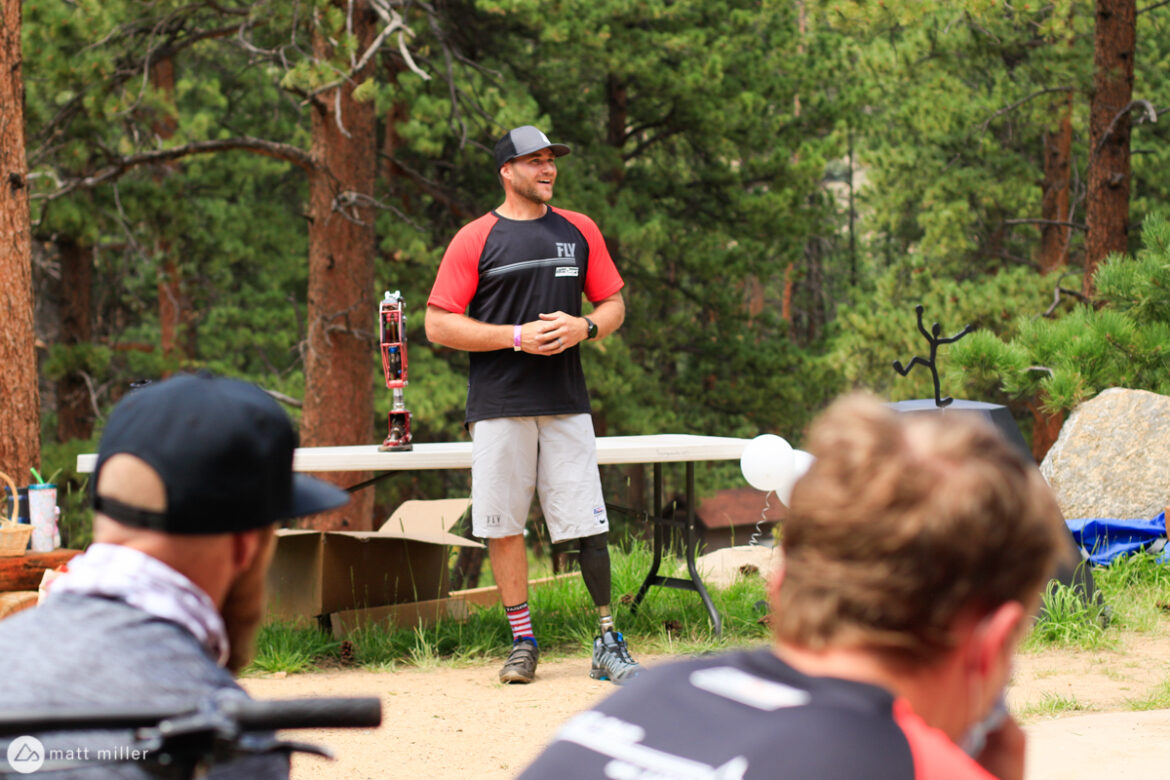
Schultz got back on his snowmobile and then found out about the X-Games Adaptive Supercross. To really be on a competitive level though, he needed a better prosthetic. He started messing around with designs in his garage and parts that he was familiar with on his snowmobiles and dirtbikes – like suspension. Six weeks later he had a prototype. Only seven months after his accident, Schultz went to Los Angeles to compete in the X-Games Adaptive Supercross and won a silver medal.
More athletes caught on to Schultz’s foot, and snowboarders and mountain bikers started to use it. Now he has two different products – the Moto Knee and the second version of the Versa Foot. In March of 2018 at the Paralympic Games in South Korea, 15 athletes used the BioDapt prosthetic to compete and they won 11 medals collectively.
As he wound down the speech, Schultz told the group to find anything that makes them happy and “latch onto something that really makes you smile and motivates you mentally and physically, and see how far you can take it. That’s what has worked for me and so many others.” Ampt hopes to help people do just that.

Currently, Ampt doesn’t have any other events on the calendar, but Beall plans to hold the Pedals and Prosthetics event again next summer. Keep up with Ampt on their website or social media.












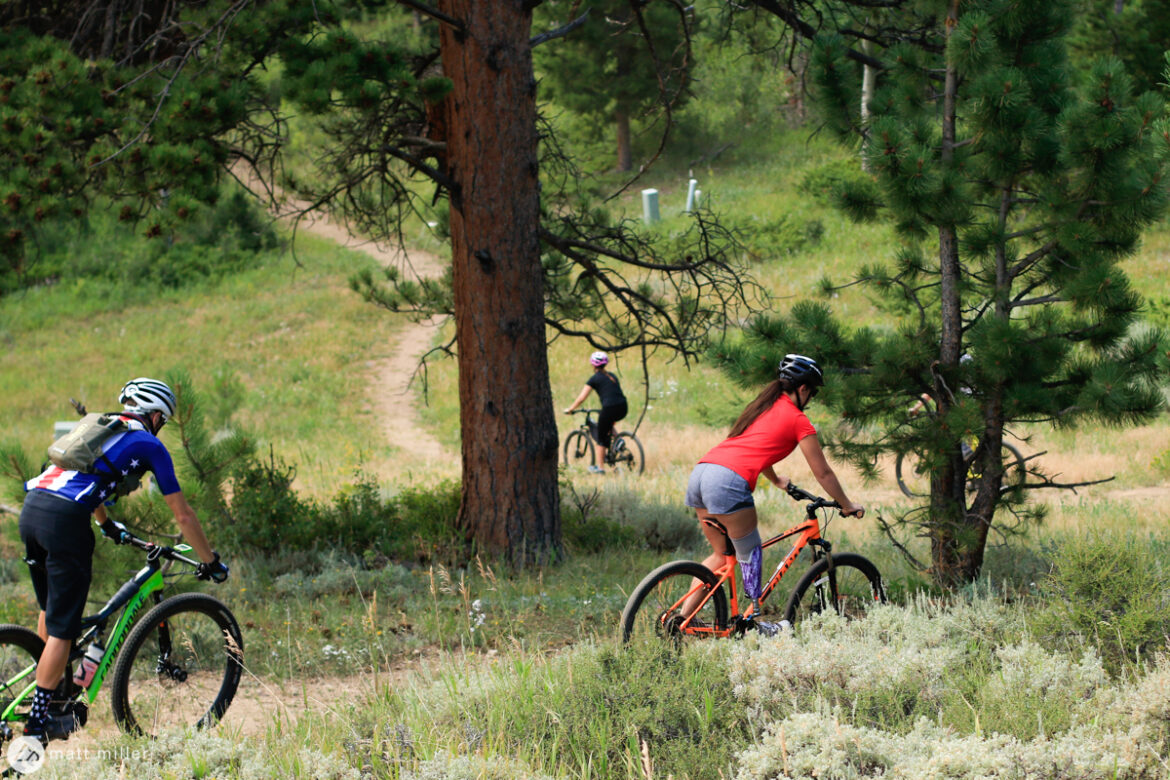
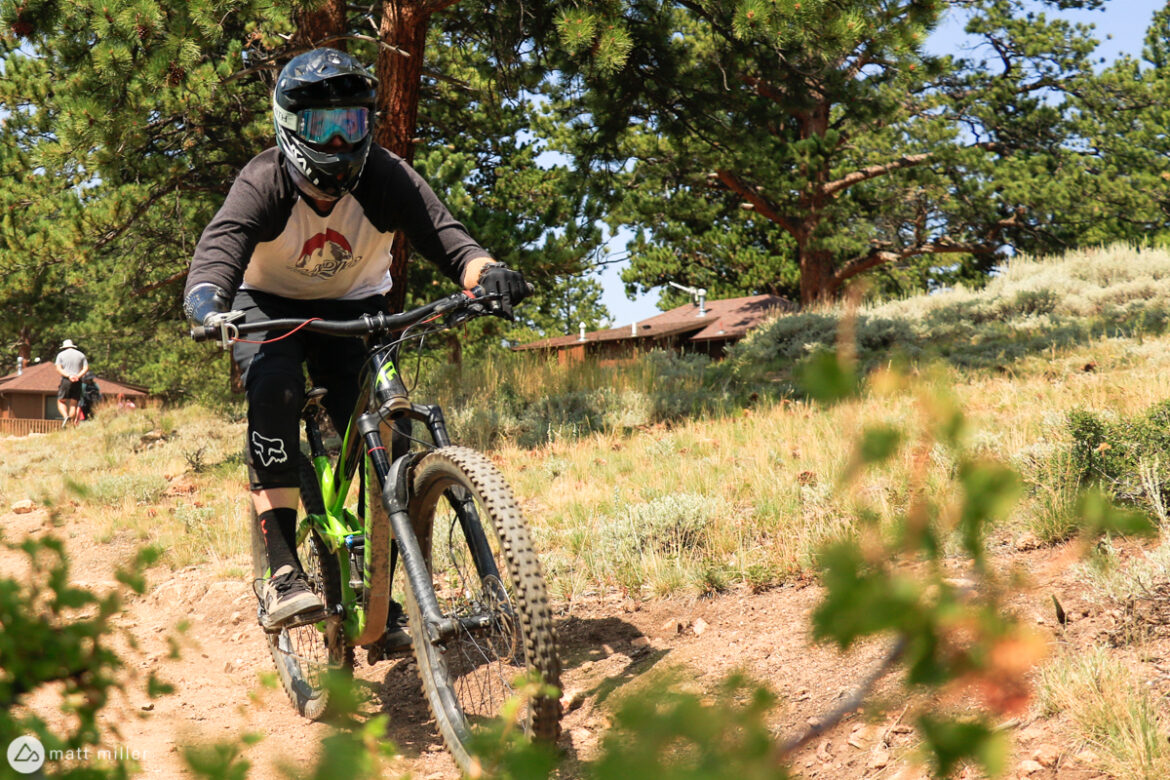
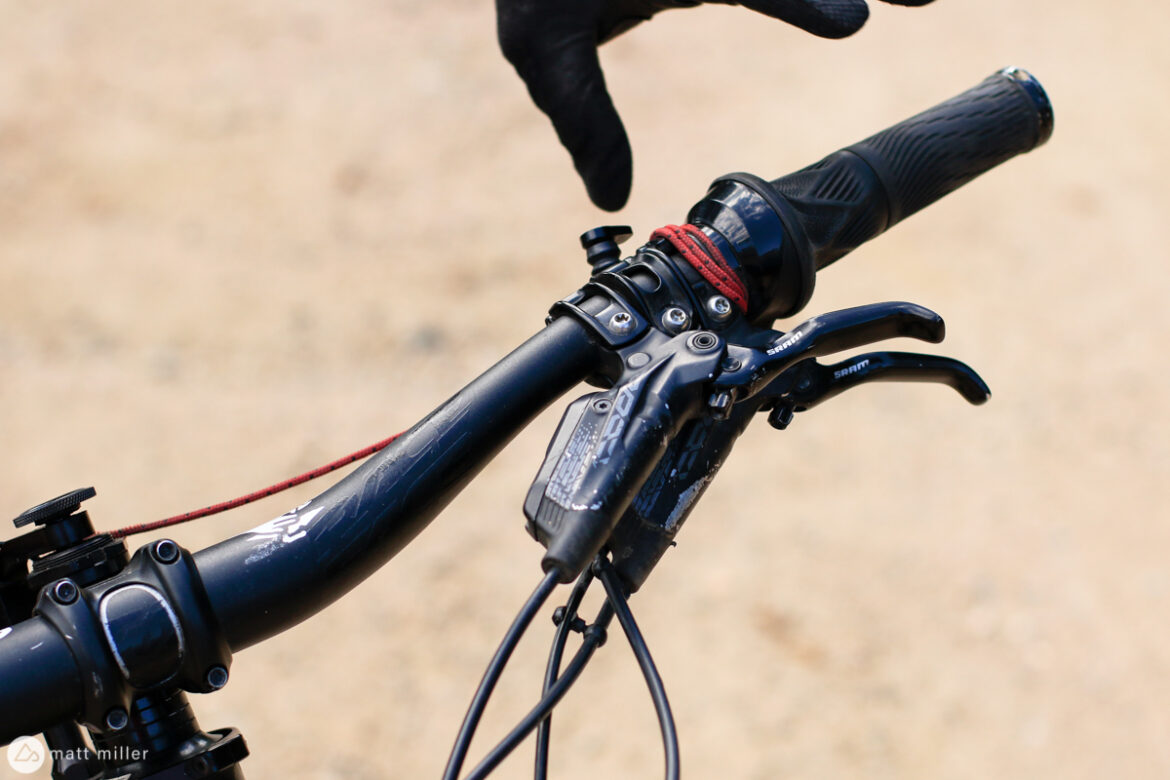



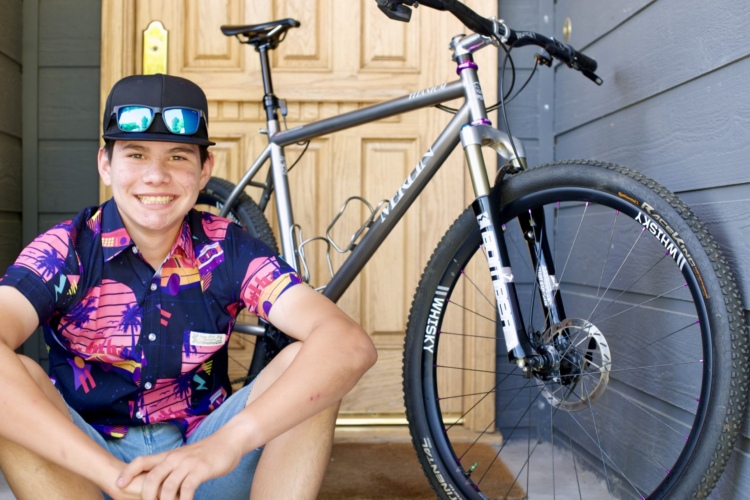
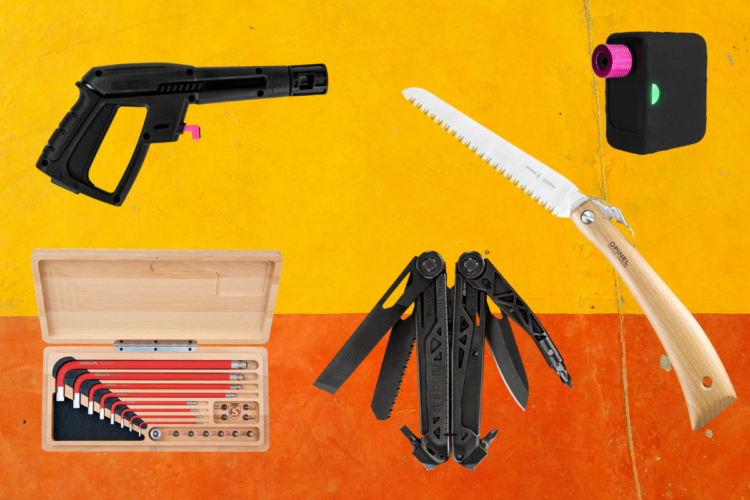




3 Comments
Sep 1, 2020
Sep 2, 2020
Sep 1, 2020